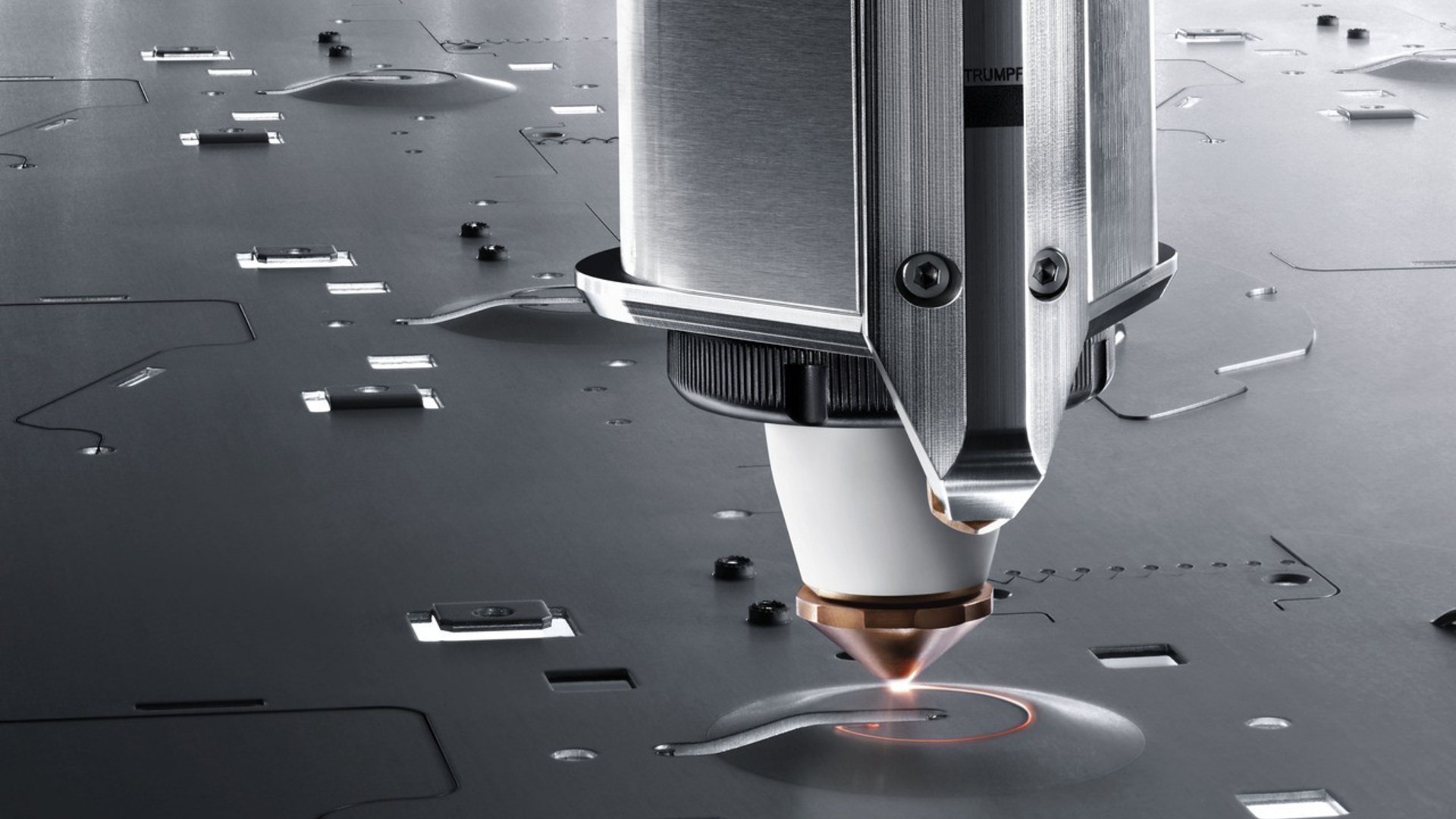SR&ED Contracts

SR&ED can be claimed by you for work performed in-house. It can also be claimed for work performed, in Canada, on your behalf by an arm’s length 3rd party. If you have contracted out your SR&ED work it is key that the respective written agreement is structured to ensure the intentions of the contracting parties are explicit, i.e. even though the 3rd party is conducting the work it is clear that you are entitled to the tax credits.
According to CRA's Contract Expenditures for SR&ED Performed on Behalf of a Claimant Policy, a "SR&ED contract is for the performance of basic research, applied research, experimental development, or support work, done on behalf of...a claimant..." According to CRA's Assistance and Contract Payments Policy a contract payment is:
an amount paid or payable to a claimant by a taxable supplier in respect of the amount for SR&ED:
- for, or on behalf of, a person or partnership entitled to a deduction for the amount as a current expenditure or as a third-party payment to a
- corporation; and
- at a time when the claimant and the person or partnership (the taxable supplier) are dealing at arm’s length; or
- an amount for an expenditure of a current nature (other than a prescribed amount) payable by a Canadian government, municipality or other Canadian public authority…or by a person exempt from Part I tax under section 149 of the Income Tax Act for SR&ED to be performed for it or on its behalf.
If an amount payable under a contract is determined to be a contract payment, that amount is considered a qualified SR&ED expenditure for investment tax credit (ITC) purposes.
Convincing CRA that you are entitled to claim the SR&ED tax credits for SR&ED work performed on your behalf will be much easier if the terms of the respective contract explicitly state so.
As with many tax matters, especially audit related, explicit documented terms are very important. While the surrounding facts of an arrangement may imply a certain position, it is not wise to rely on the CRA coming to the same conclusion; it is much easier for CRA to discount your oral evidence than tangible proof. Therefore, the contract should explicitly state that that the 3rd party contractor is required to perform SR&ED on your behalf.Another factor for consideration relates to assumed risk. According to CRA policy if the contracted party is responsible for costs beyond the contract ceiling price, doubts are raised as to whether the 3rd party was hired to perform SR&ED on behalf on the payor. However, if the 3rd party was entitled to the contract amount, even if the work did not meet the requirements of work to be performed under the contract, this indicates all risk is with the payor and supports the position, according to CRA, that SR&ED work was carried out on behalf of the payor.
A key consideration is the ownership of the intellectual property (IP). The contract should explicitly state that the IP rights belong, unconditionally, to the payor. Finally, CRA policy considers a contract for services as a factor weighing in favour of a SR&ED contract payment determination. A contract for goods is weighed negatively.
In our experience the most important factors are explicit contract terms that the IP belongs to the payor and the 3rd party is being contracted to perform SR&ED. Without these key terms you may have to rely on oral evidence to convince CRA that the ITCs are yours to claim.
http://www.cra-arc.gc.ca/txcrdt/sred-rsde/clmng/ssstncndcntrctpymnts-eng.html#s5_0
CrossDynamix is the industry leader in filing and defending SR&ED claims as well as appealing the CRA's SR&ED assessments.